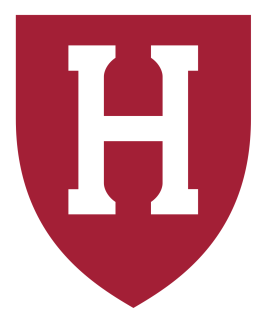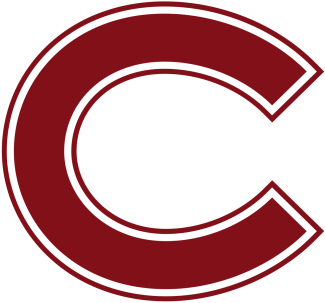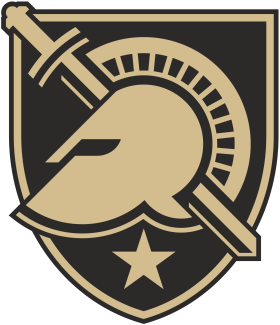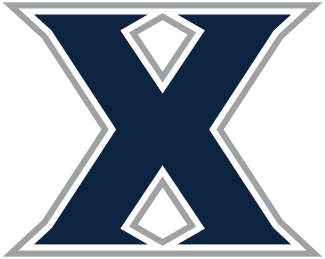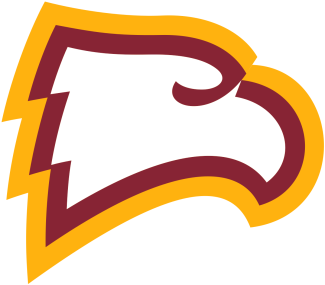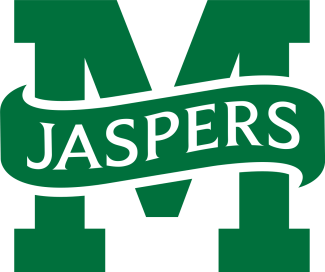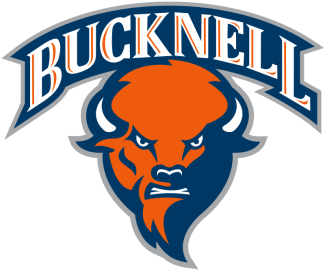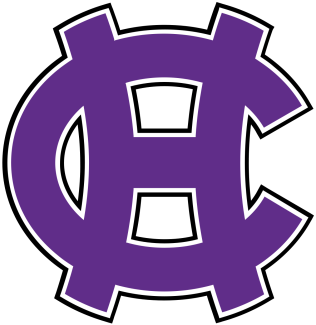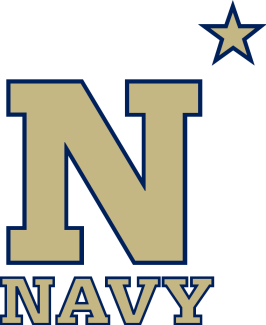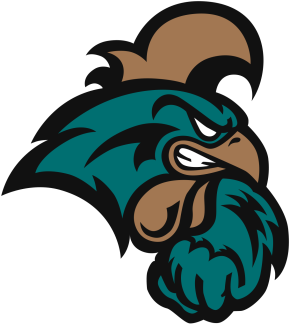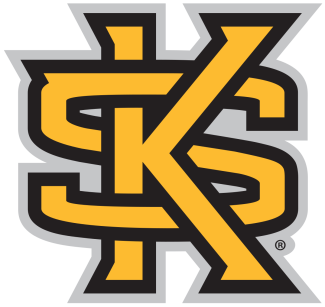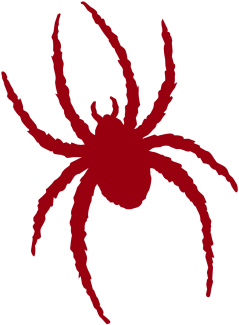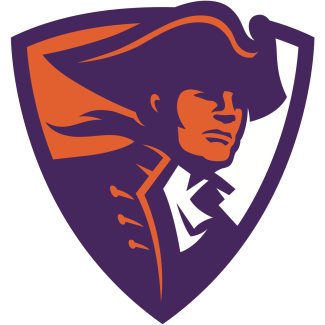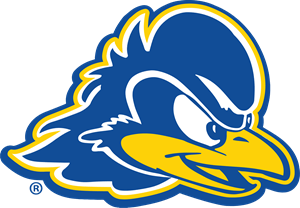When Ryan Brown arrived in Bradenton, Fla., for Team USA Spring Premiere in January, he walked into the locker room at IMG Academy and found a blue jersey waiting for him.
“Wow,” he thought. “I guess I’m in the mix for this.”
Brown knew the significance of the color. After all, the worst kept secret throughout the latter stages of the U.S. national team tryout process was that the Blue team was, basically, the team. It was the more veteran outfit featuring players with multiple U.S. caps. The White team, on the other hand, was generally younger and stocked with players requiring further evaluation.
With few exceptions, this was the dichotomy when the 48-man training roster participated in split-squad events dating back to the Blue vs. White game last September at US Lacrosse headquarters in Sparks, Md.
Besides faceoff specialists and goalies, who rotated regularly, Brown was one of six players who spent time on both sides of the bubble: attackman Marcus Holman, midfielders Myles Jones and Mike Chanenchuk and defensemen Mike Manley and Liam Byrnes were the others.
Brown, for one, found it freeing to play for the White team.
“We all kind of had the idea that we have to prove ourselves if we want to make this team,” Brown said. “There was almost a sense of relief. It did take a little bit of the burden off during the tryouts. I can just play.”
Brown, known as one of the best pure shooters in the sport, also knew he needed time to prove to the coaches he was not one-dimensional — that he wasn’t just a time-and-room shooter, but also someone who could score in a multitude of ways while complementing ball-dominant dodgers like Rob Pannell, Paul Rabil, Tom Schreiber and Jordan Wolf.
U.S. coach John Danowski described the Blue-White dynamic as one in which all 48 players had a stake in the program and its sustainability — even if only 23 could travel to Israel. Blue may have been the 2018 team. White could very well comprise the core of the 2022 team. Players knew where they stood throughout the selection process, but also had opportunities to impress the coaches.
Brown did just that.
“Everyone has a role. His is his scoring ability,” Danowski said. “I wouldn’t say shooting. There’s a difference. A lot of guys can shoot it hard, but he can score. He could shoot righty. He could shoot lefty. He could shoot inside or with time and room. He could cut. Would you ask him to dodge? No, you wouldn’t ask him to do that, but if he had to in a pinch, he could certainly do that.”
Playing with Team USA and without the urgency of a 60-second shot clock reminded Brown of the free-flowing, read-and-react motion offense in which he racked up 159 career goals as a three-time All-American at Johns Hopkins.
Throughout the process, Brown received encouragement from U.S. assistant Joe Amplo, the head coach at Marquette, where Brown just finished his second season as a volunteer assistant.
“Don’t try to be someone that you’re not out there,” Brown said, paraphrasing Amplo’s input.
In the first intra-squad exhibition last September, Brown suited up for White and torched the Blue team with four goals. He added two goals against Towson at Team USA Fall Classic in October and scored again playing for the first time with the Blue team at Team USA Spring Premiere in January.
“He’s got range,” Danowski said. “Some of the best lacrosse players in history are guys that could catch it and get rid of it.”
Brown, who leads the Charlotte Hounds with 27 goals this season, hones his craft not only in Major League Lacrosse, but also as a clinician alongside Atlanta Blaze midfielder Deemer Class. The childhood friends from Baltimore started RBDC Lacrosse after graduating from college in 2016.
Both Brown and Class learned the nuances of shooting from Torre Kasemeyer, an assistant coach at Calvert Hall (Md.), where Brown played high school lacrosse. Brown still enlists Kasemeyer to analyze his mechanics. Much like a golfer’s swing coach, Kasemeyer can tell Brown if he’s getting full extension, stepping too close or too far out or tipping his shots.
“What he helped me with was making everything look the same,” Brown said. “Whether shooting high or low, it’s the same stroke to deliver the ball to each part of the goal.”
Ultimately, the U.S. coaches decided Brown brought a skillset that warranted a roster spot.
“That last day when they decided the team, in my head I thought I might be the 22nd or 23rd guy to make this team or the 24th or 25th guy not to make this team,” Brown said. “I sweated it out. When I saw my name, it was just, phew.”
Brown, 24, is not the youngest player on the 23-man roster Team USA will take to the FIL World Championship in Israel July 12-22. That distinction belongs to faceoff specialist Trevor Baptiste, who turns 22 on July 3. Goalie Jack Kelly is 23.
But as far as field players go, Brown is the greenest.
“We’re building a team where players complement one another,” Danowski said. “Some guys have a knack for getting to a spot on the field, knowing where the goalie is, when to release it and where to release it. He seems to possess all of those things.”








